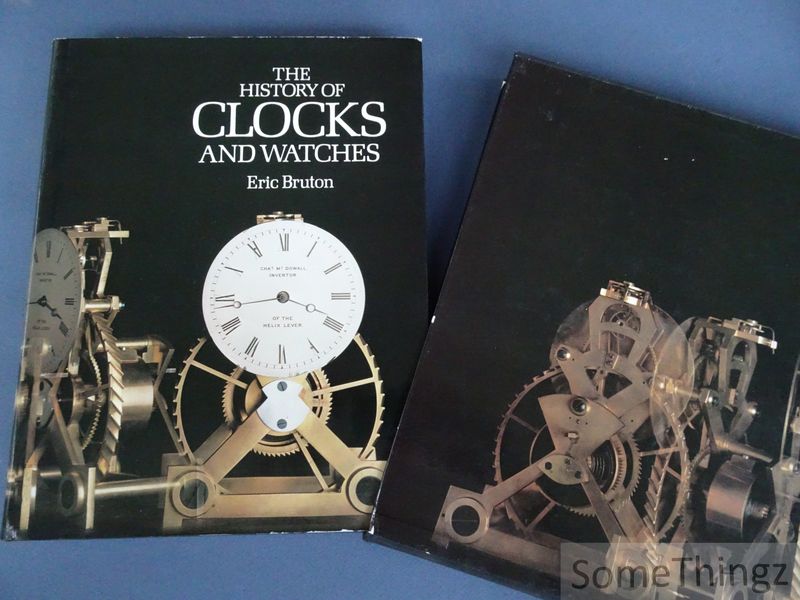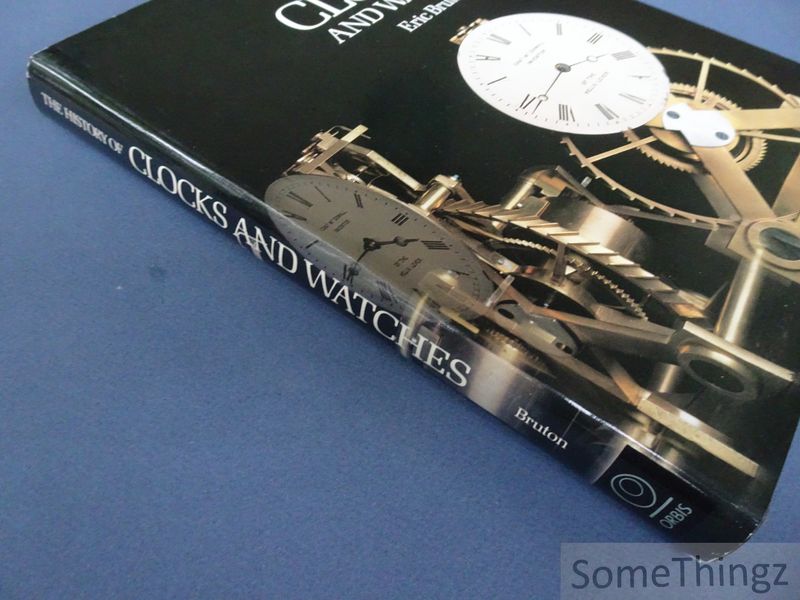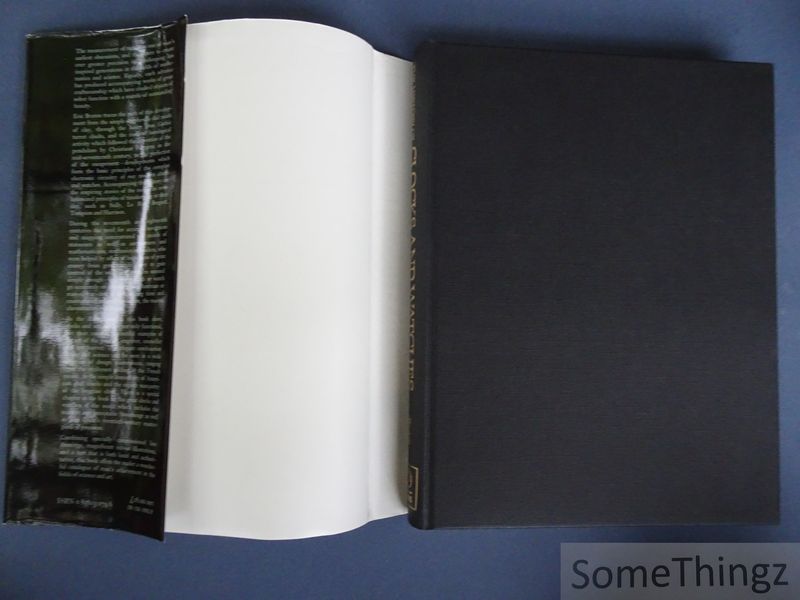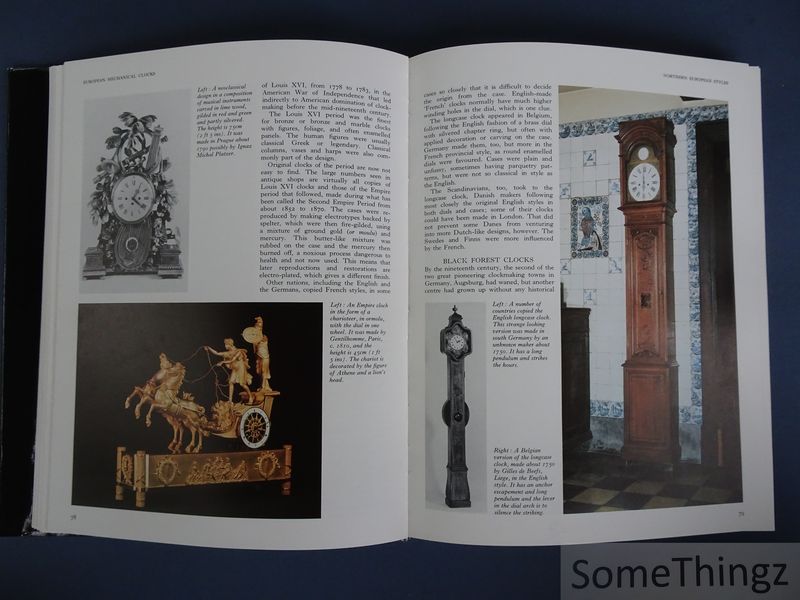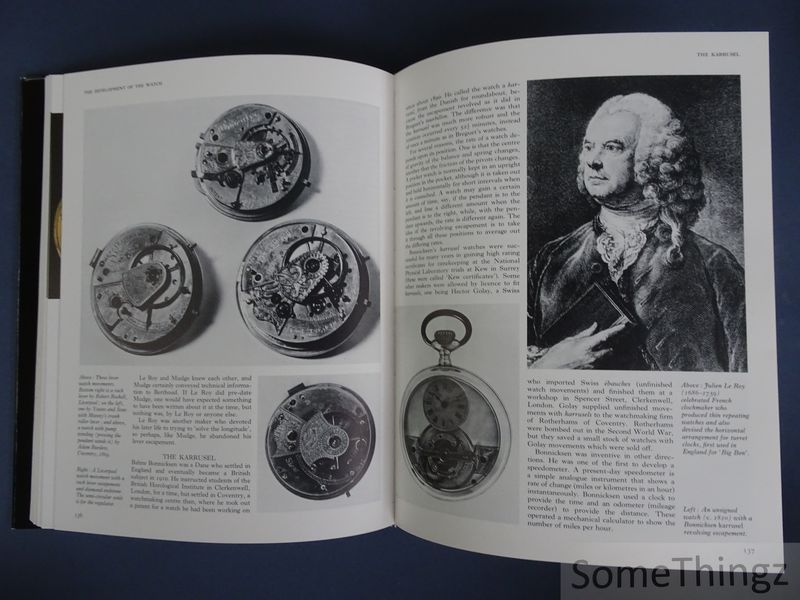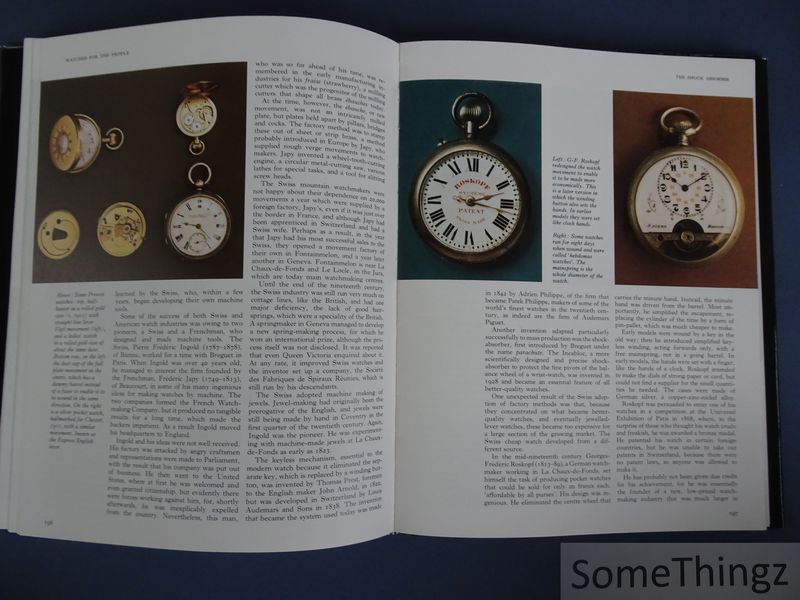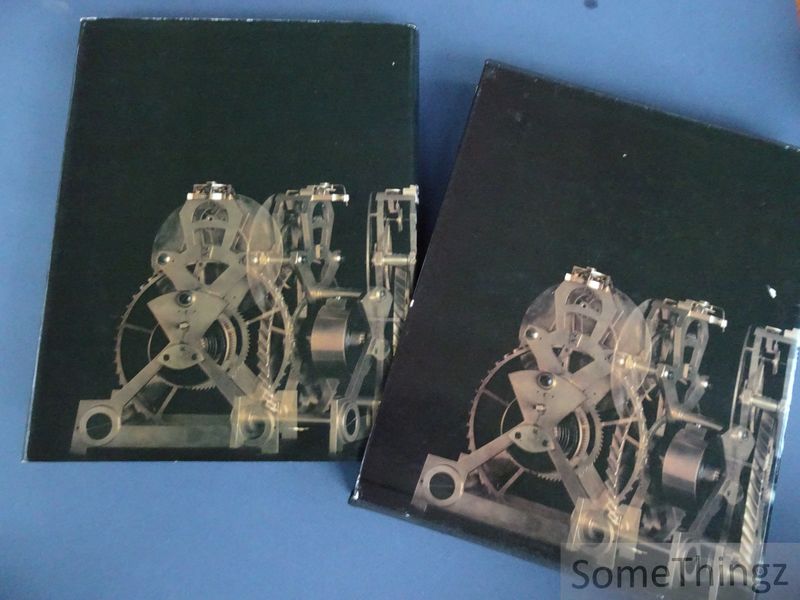BOOKS
Eric Bruton.
The History of Clocks and Watches.
London, Orbis, 1979.
€ 11.50
Bound, cloth with original dustjacket and orig. slipcase, 288pp., 23.5x239.5cm., illustr. in col. and b/w., in very good condition (slpicase with traces of use and discolorated on the spine, dustjacket and book in very good condition).. ISBN: 9780517689097.
The measurement of time was one of man?s earliest obsessions, and the desire to create ever greater precision in timekeeping has inspired generations in the field of mathematics and science. Equally, clocks and watches have become works of art in themselves ? and this beautifully illustrated volume, by a distinguished horological writer, provides a richly detailed account of the development of these durable instruments, from the early sundials and water clocks to modern mechanical and electronic timepieces. This book offers a comprehensive, illustrated survey of the history of clocks and watches, tracing the evolution of timekeeping from its earliest origins to the modern era. Bruton begins by examining primitive devices such as sundials, water clocks, and hourglasses, and then moves into mechanical developments: the advent of escapements, pendulums, spring-driven clocks, and early turret clocks. He shows how innovations in precision, regulation, and miniaturisation gradually led to portable timepieces, pocket watches, wristwatches, chronometers, and eventually electronic and quartz mechanisms. Along the way, Bruton discusses the technical, scientific, cultural, and decorative aspects of timepieces: for example, the role of craftsmanship, ornamentation, materials, gearing, escapement design, regulation, horological breakthroughs (such as the balance spring, temperature compensation, tourbillons), and the interplay between precision and beauty. Throughout, the text is richly illustrated with photographs, drawings, and diagrams to show internal mechanisms, external designs, and notable historical examples of clocks and watches across civilizations. The narrative balances technical explanation with historical narrative, making the work accessible to both general readers and horology enthusiasts.

